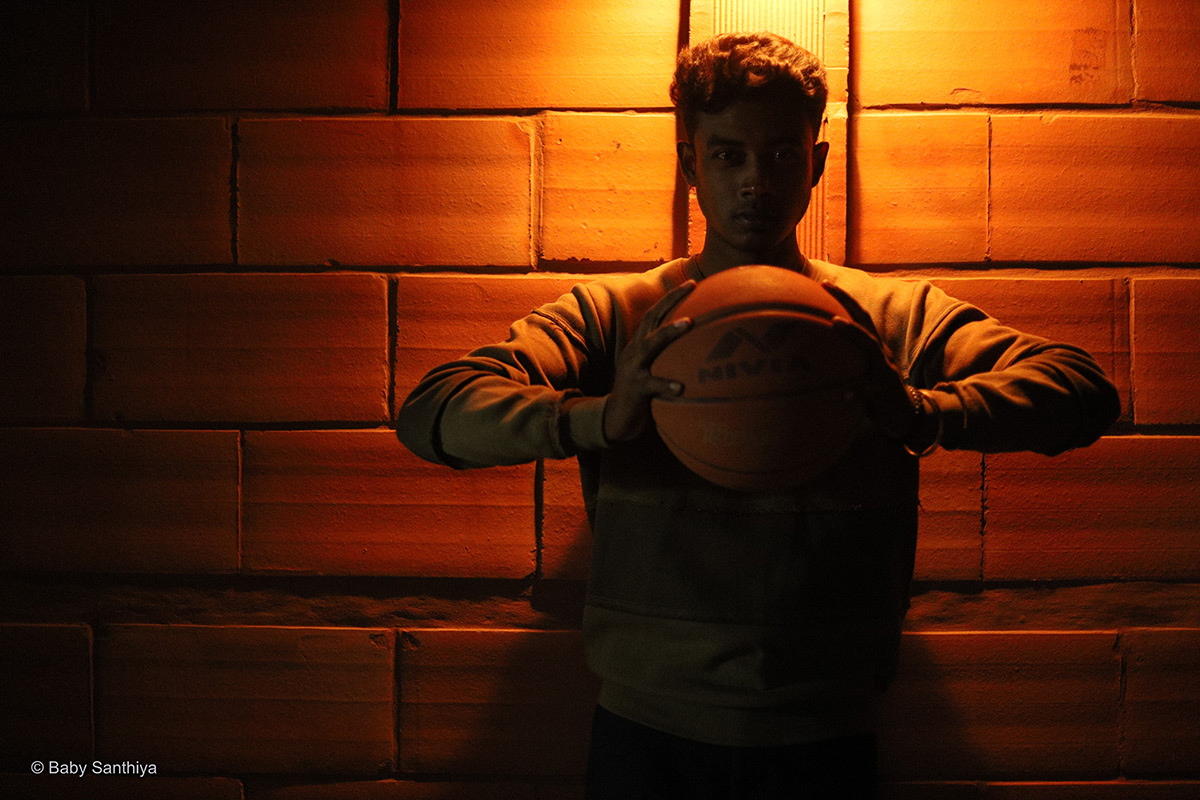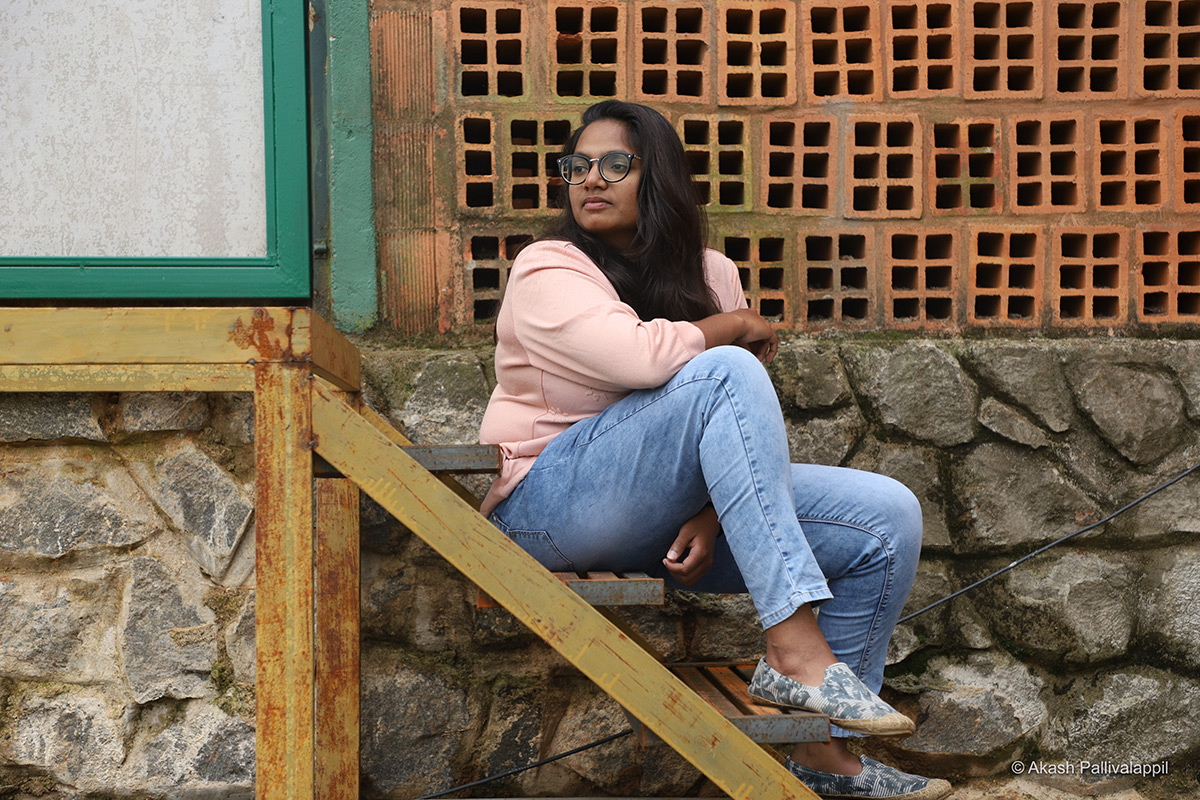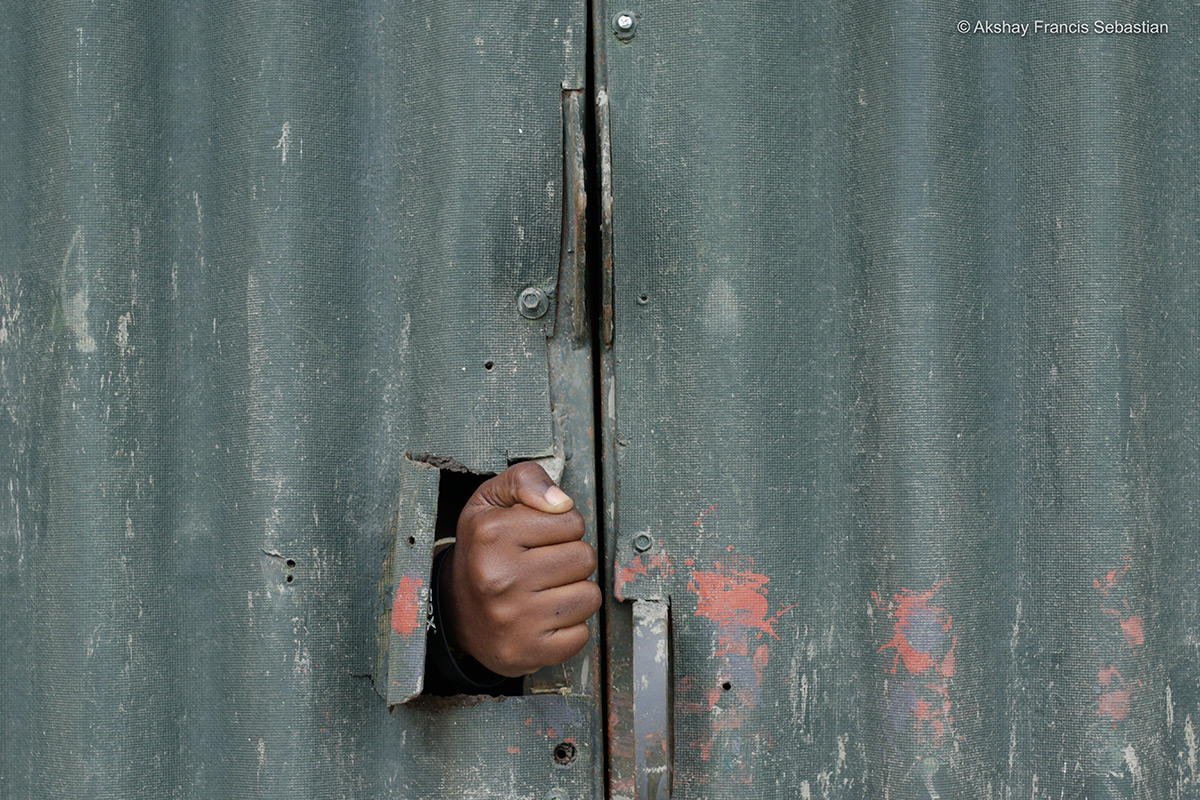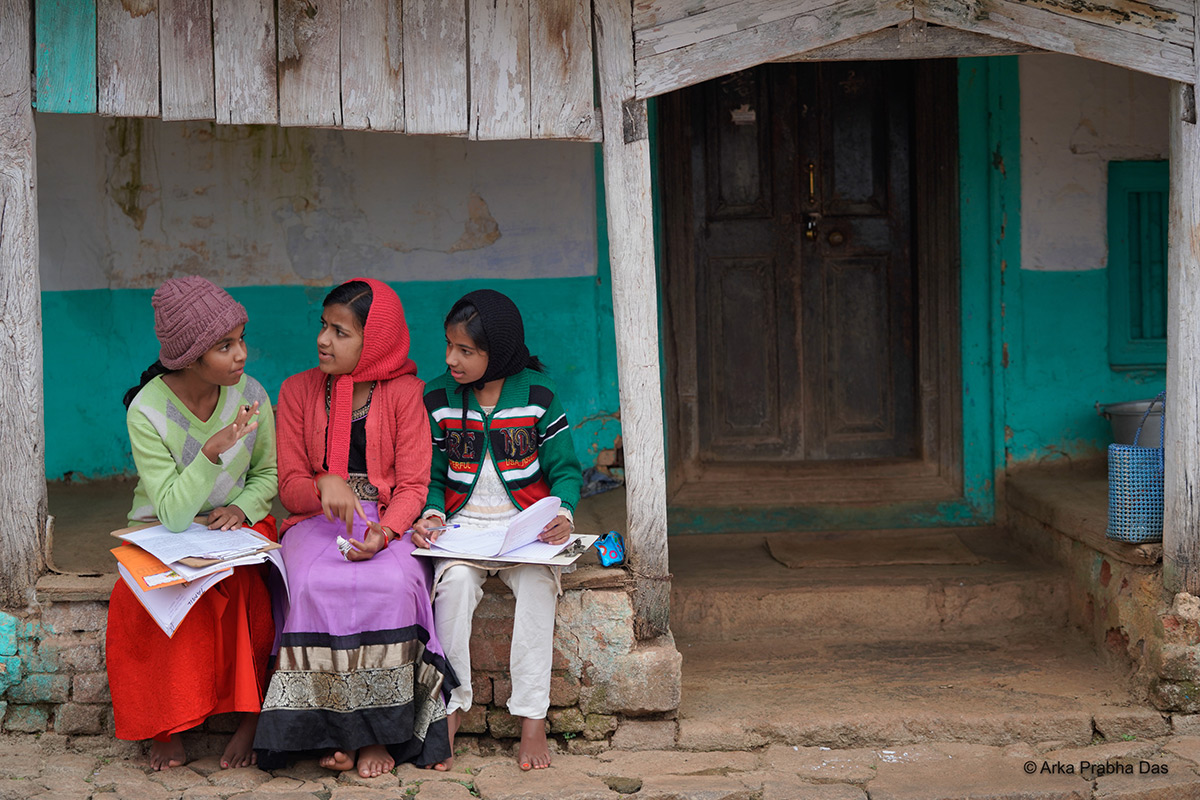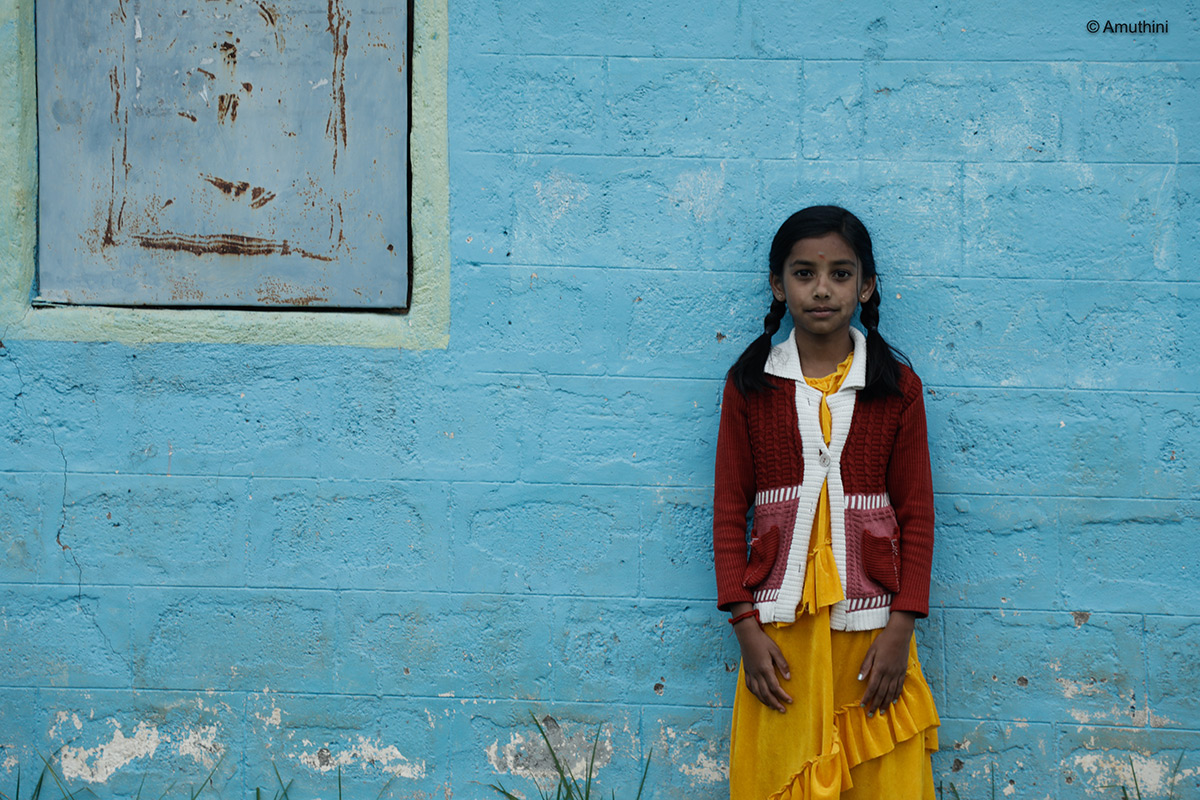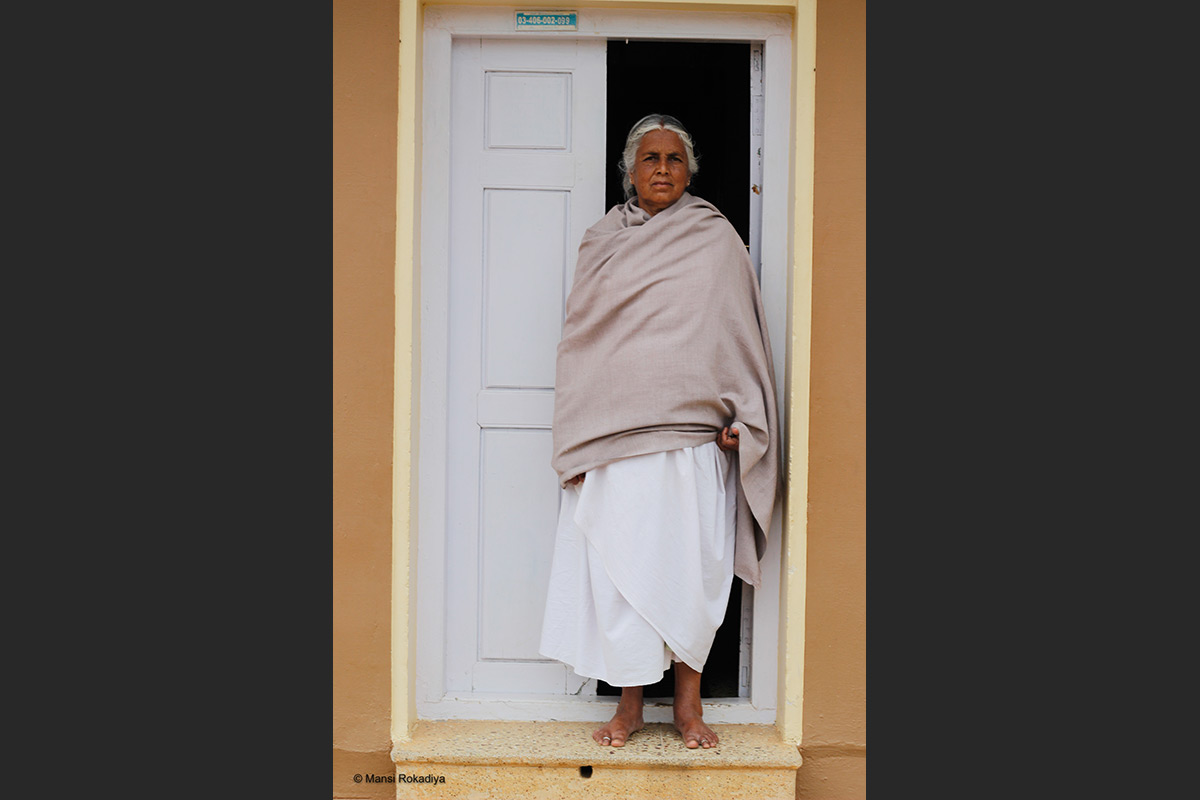The key to getting better at photography is, simply put, practice and understanding.
When you observe certain good photographers out there, you’ll notice that anytime they start to photograph, they rarely stop in the middle to review the image on camera. In fact, they rarely even look at the screen after having tweaked, for instance, the shutter speed or the aperture. It’s like they know exactly what happens to the image with every setting they change without having to take another test shot.
When we try it, however, our fingers go immediately to the delete button because of how bad the image seems and then proceed to change the settings all over again and take multiple test shots until we get the right exposure! (PS, this is what I call Playback Photography: because you’re constantly playing back the image to see if you got your settings right)
Photographers back in the day did not have the luxury of reviewing every image before clicking the next one and they were all the better for it! Because this meant they had to study, practice and understand the effect of changing the settings which, most importantly, meant they had to understand light.
How then do we go about practicing and honing this skill? There’s an interesting way to do this. All we’ll need is some chart paper roughly the size of our LCD screens and some tape. So here’s an assignment for you, tape the chart paper to your LCD screen so you have no way of reviewing the image on camera and then, happy shooting!
Spend a week going around town photographing various subjects in various settings all the while consciously making use of your camera settings. At the end of each day, copy the images to your computer and see how you did. This practice will teach you where and what aspect of your photography you need to improve in. It also helps you know what to change and how much of what setting to change in order to get the desired output. Rather than rolling the dial around until you get the desired effect through the Live View. Soon enough, you’ll reach a point where you learn not to depend solely on the LCD screen but, primarily, on your understanding!
“So today’s assignment was about visually experiencing the aesthetics without even looking into the camera’s digital screen. This experience was created by putting up a piece of black paper on our camera’s LCD monitor so that we would look into the viewfinder and compose our images without the digital renders on our LCD screens. The experience taught us that it’s not just a click of a button that makes an image, a lot of thought needs to be put behind creating every single frame.”
–Sagun Lunia (Batch 2019-20)
“This assignment was really challenging, to make it even harder I used a 50mm lens where my focal length will be limited. I knew I would have a hard time in getting the image focused as I always use touch auto focus in live view. This assignment helped me a lot in observing things around me. I really enjoyed it and want to do more of this!”
–Baby Santhiya (Batch 2019-20)
“In today’s digital world, the key factor for image making, that is the aesthetic part of framing, often gets lost when the photographer focuses on the technicality on the small LCD screen on their camera. We often overlook small details when we capture a photograph solely based on the digitally rendered image on the screen. So, in this uniquely designed assignment, we covered our LCD screen and framed our images through the viewfinder with immense attention to details. And the exercise helped us to move from our trial and error method of image making onto a better grip on our photographic skills.”
–Arka Prabha Das (Batch 2019-20)
(Show us how using this method worked for you and tag LLAOnline! Time to get creative with LLAOnline!)

